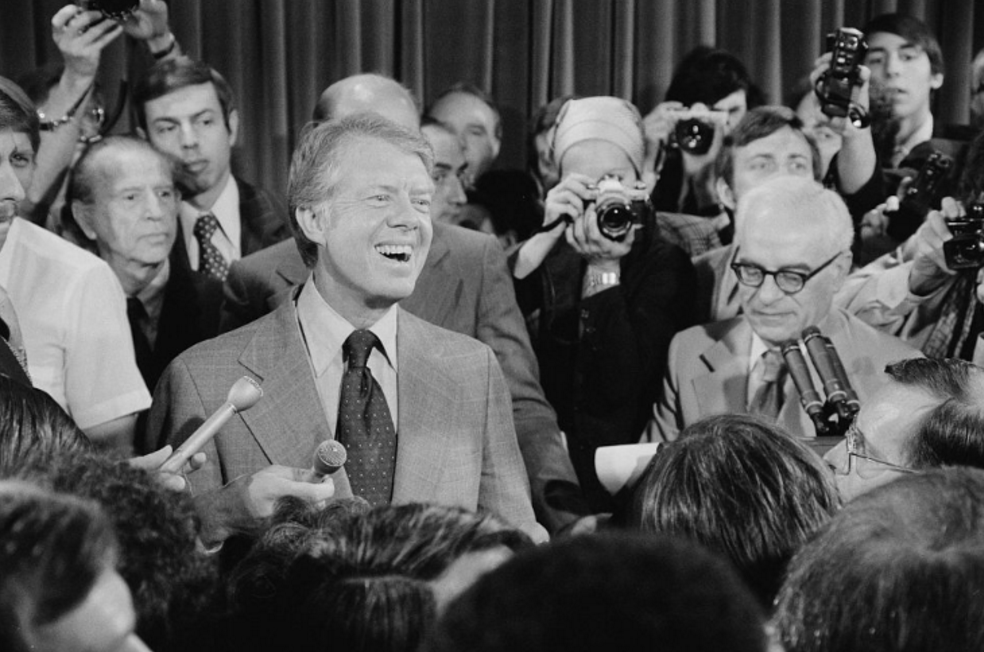Google has an established reputation for guiding internet users towards sources with the most accurate and relevant information on the web. In order to elevate its Google News feature to meet this standard, Google launched its newest component, the Local Source tag, on Monday, May 9.
The Local Source tag highlights the original sources of local stories that have become national or international talking points, thus directing traffic to smaller, regional publications that would otherwise be overshadowed by larger news outlets.
Google’s subtle new accessory has the potential to make a major difference in the way we receive our news in the digital age. In fact, it may be the only solution to escaping the Facebook news funnel you didn’t even know you were caught in.
Before diving into the specifics of Google’s most recent enterprise, let’s take a look at how social media has changed the way we discover news and learn about the world.
The Facebook News funnel
The internet has undoubtedly expanded the world as we know it, allowing us to access information that would otherwise be limited to specific regions of the planet.
Google News and smartphone news apps transcend geographical space, delivering stories to a wider audience in a technological leap reminiscent of the invention of the Transcontinental railroad.
However, like a train on railroad track, news that travels via the internet is limited by a specific path built for the conveyance of the intellectual cargo. While shortcuts do exist, most people receive their news from a limited number of ports. The primary ones being Google, Facebook, and Twitter.
A study released by Pew last year revealed that 63% of Facebook and Twitter users rely on these social media platforms as a source of news.
In other words, while the intellectual universe has been expanding, our reliance on social media platforms has created a funnel through which all information must squeeze and contort in order to reach us. Mega-sites like Facebook and Twitter are limiting the scope of news the world sees.
To continue the railroad metaphor, consider social media platforms like Facebook and Twitter to be like popular highly-trafficked train platforms. The small group of men and women in charge of the train station determine which trains are allowed to come and go.
While thousands of trains travel the world from various locations, only those deemed relevant by Facebook and Twitter will reach the millions of people visiting the platform at any given time.

Facebook users, for instance, can see which topics are “trending” on the social media site at any particular moment. These trending topics are intended to show us what popular subjects other users are discussing, thus determining which news stories are most important to the greater population of internet-users.
The company claims that the trending list is based on an algorithm, and therefore, free of human bias. However, several former Facebook employees have come forward, revealing that the list isn’t necessary built by an automated mathematical equation. Rather, they claim, management is guiding employees to fiddle with the results, showing only what the company thinks users want to see.
Former Facebook “news curators,” as they were called, admitted to Gizmodo that they were instructed to “inject” stories into the trending news module and exclude stories that spoke of Facebook, directly.
In fact, one former employee claimed that his supervisors advised him to avoid news sources that were too politically conservative.
“Every once in awhile a Red State or conservative news source would have a story. But we would have to go and find the same story from a more neutral outlet that wasn’t biased,” said the former employee, who preferred to remain anonymous.
Other former news curators told Gizmodo about ways they were directed to override the algorithm. “We were told that if we saw something, a news story that was on the front page of these ten sites, like CNN, the New York Times, and BBC, then we could inject the topic,” he said. “If it looked like it had enough news sites covering the story, we could inject it, even if it wasn’t naturally trending.”
Of course, once a topic was injected into the trending news bar, the high visibility of the story would elevate it to trending news as more and more users would see and click on the link.
As a result, one can argue that Facebook’s news curators are ultimately determining what topics are to be deemed “top news,” or which news stories are relevant to the globally diverse population of Facebook users and which are not.
For the significant number of people that rely on social media as their primary source of world news, this practice is isolating their access to information, not to mention giving it a more liberal slant, limiting their perspective.

Google zooms in
Google launched its newest feature earlier this month: a “Local Source” tag, which when selected, provides the user with links to news coverage from local news sources. This endeavor is throwing a spotlight on local reporting efforts and highlighting for users stories that are most relevant to them based on geographical location.
Google has not always done a great job of giving us the stories straight from the source.
When a small-town story is deemed important enough to be read by a wider audience, national news platforms like CNN and the New York Times hijack the info, and which source do you think will pop up higher on a Google results page? Which news outlet will be delivering the story to the greater population of the United States?
Chances are, you’ve never heard of the small-town paper that first uncovered the dirt, and once Fox News gets ahold of the story, you never will.
But think about it this way: local news reporters can add more context than a national source can. They can provide details that get lost as the story is handed over from one online newspaper to another, becoming diluted through this virtual game of “telephone.”
What’s more, local reporters can offer a unique perspective that national news reporters simply don’t have.
Yes, CNN’s version of the story will still show up towards the top when you search the headlines, but now you are just a click away from the original source.
From an SEO perspective, this isn’t too shabby for those small-time news outlets, who rely on traffic for ad revenue. The more likely they are to show up on a trending topic, the more traffic they’ll get. The more optimized their sites are, the easier Google News can pick them up.
This tweak presents an opportunity for audiences. If they so choose, readers can broaden their perspective (ironically, by narrowing the geographical scope) with just the click of a button, like the creators of the Internet had intended.
Still, the majority of social media junkies may continue to click with convenience, reading only the news stories presented to them in their Facebook news feed. The real question is: can Google News stand up to Facebook and Twitter as a news outlet?
The article How will the Local Source tag affect SEO? was first seen from https://searchenginewatch.com
No comments:
Post a Comment